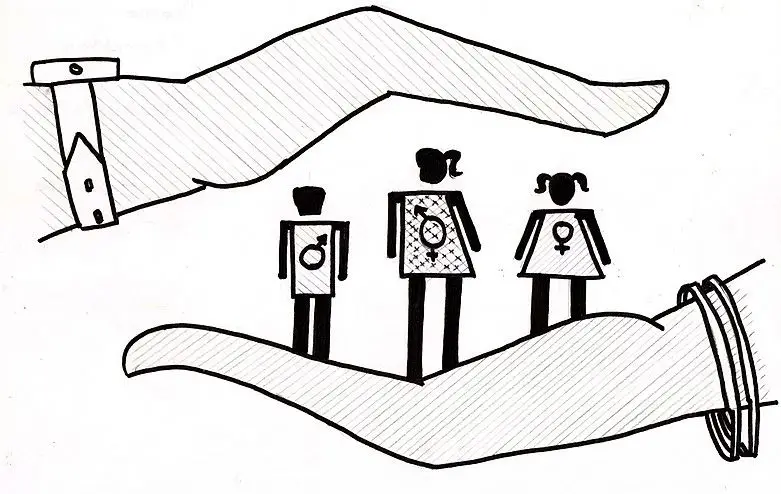SDG Gender Index to measure global Gender Equality | UPSC – IAS
The 2019 SDG Gender Index enables us to tell a story of global progress, as well as being a tool that gender advocates can use to frame their influencing on the gender equality elements of the SDGs. The SDG Gender Index, a new index to measure global gender equality, was launched recently.
- The index accounts for 14 out of 17 SDGs (sustainable development goals).
- The goals cover aspects such as poverty, health, education, literacy, political representation and equality at the workplace.
- A score of 100 reflects the achievement of gender equality in relation to the targets set for each indicator.
- A score of 50 signifies that a country is about halfway to meeting a goal.
The SDG Gender Index has been developed by Equal Measures 2030, a joint effort of regional and global organisations including:-
- African Women’s Development and Communication Network
- Asian-Pacific Resource and Research Centre for Women
- Bill and Melinda Gates Foundation
- International Women’s Health Coalition
key findings of the SDG Gender Index | UPSC – IAS
- The global average score of the 129 countries (with 95% of the world’s girls and women) is 65.7 out of 100 (“poor” in the index).
- Nearly 1.4 billion girls and women are living in countries that get a “very poor” grade.
- Altogether, 2.8 billion girls and women live in countries that get either a “very poor” (59 and below) or “poor” score (60-69).
- Just 8% of the world’s population of girls and women live in countries that received a “good” gender equality score (80-89).
- Notably, no country achieved an “excellent” overall score of 90 or above in gender equality.
- Besides, not all countries’ scores on the index correlate with national income.
- Some countries perform better than what would be expected based on their GDP per capita, and others underperform.
- With all these, it was highlighted that the world was far from achieving gender equality.
India and SDG Gender Index | UPSC – IAS
- India was ranked at 95th among 129 countries.
- India’s highest goal scores are on health (79.9), hunger & nutrition (76.2), and energy (71.8).
- Its lowest goal scores are on partnerships (18.3, in the bottom 10 countries), industry, infrastructure and innovation (38.1), and climate (43.4).
- On indicators that define the goals, India scored 95.3 on the percentage of female students enrolled in primary education who are overage.
- In the proportion of seats held by women in national parliament, India scored 23.6; women made up 11.8% of Parliament in 2018.
- On seats held by women in the Supreme Court (4%), India has a score of 18.2.
On gender-based violence, indicators include –
- Proportion of women aged 20-24 years who were married or in a union before age 18 (27.3%)
- Women who agreed that a husband/partner is justified in beating his wife/partner under certain circumstances (47.0%)
- Women aged 15+ who reported that they feel safe walking alone at night in the city or area where they live (69.1%)




